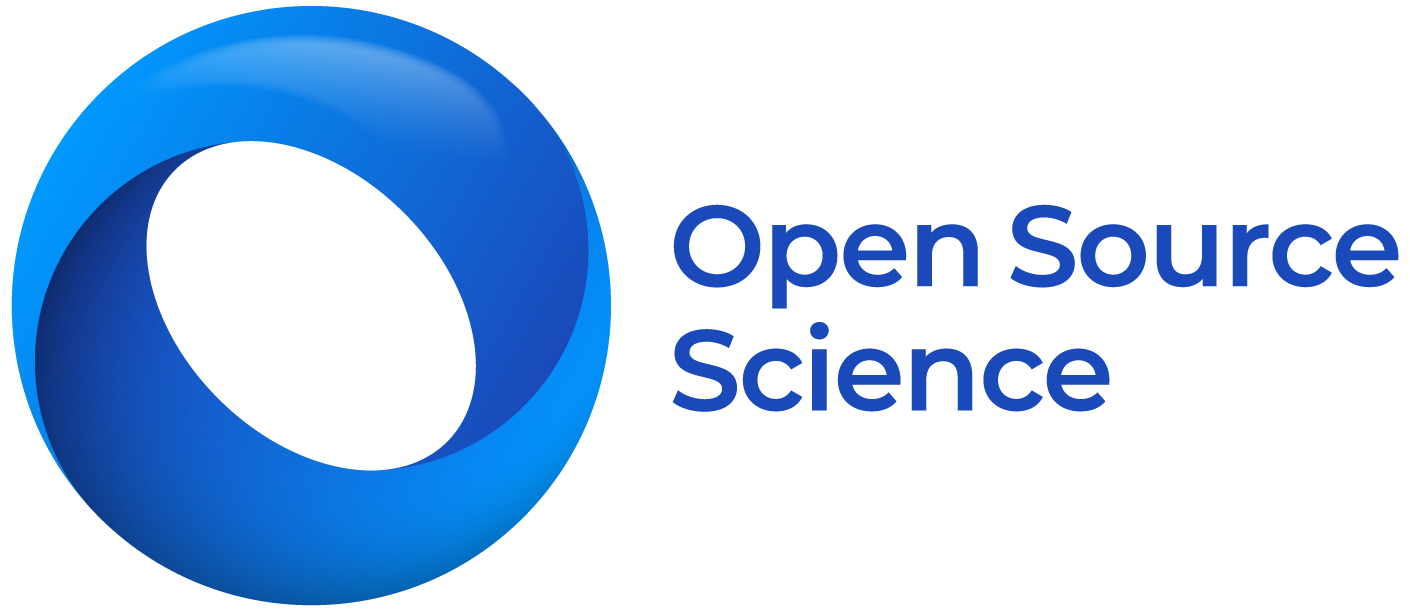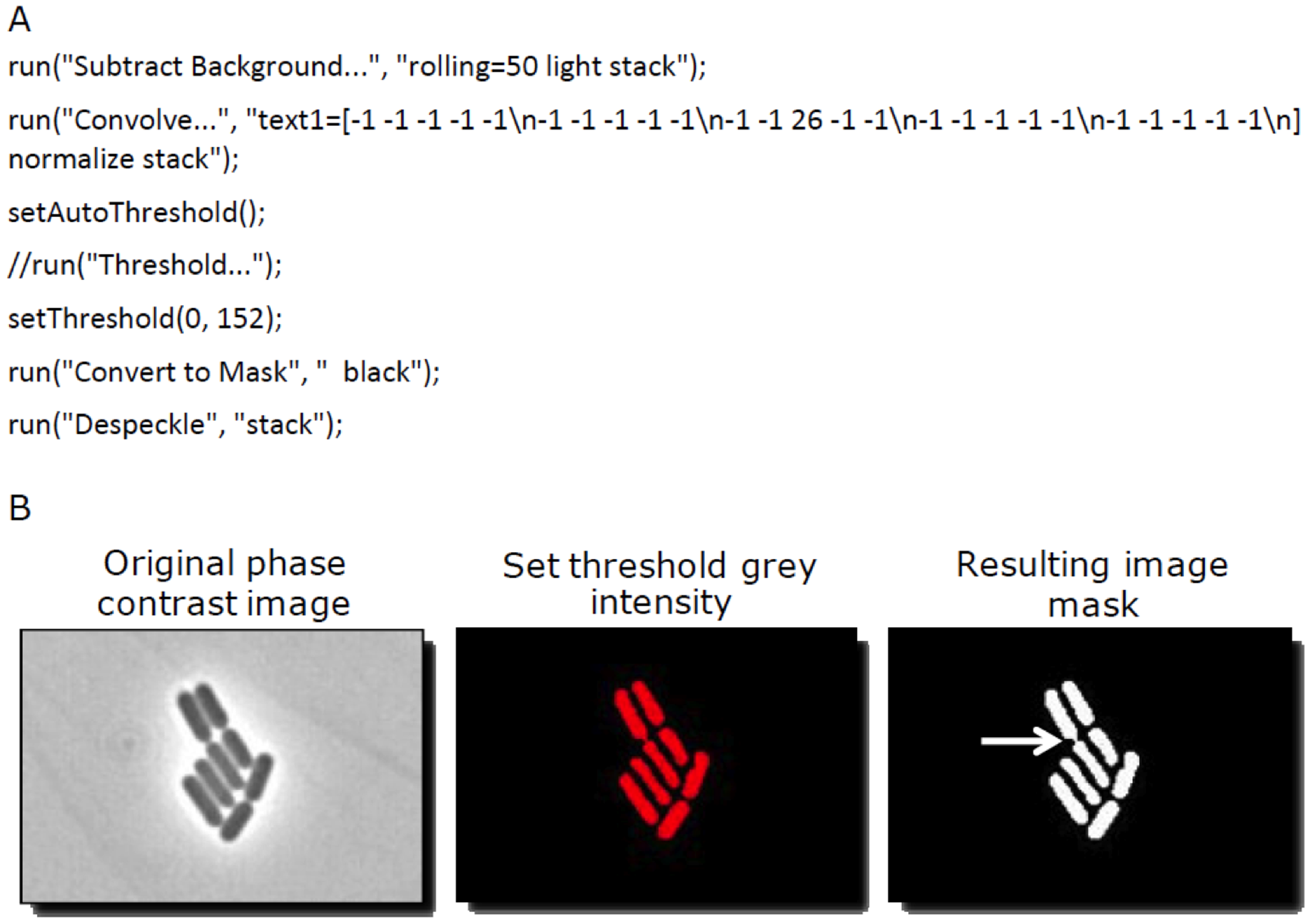TLM-Quant: An Open-Source Pipeline for Visualization and Quantification of Gene Expression Heterogeneity in Growing Microbial Cells
Gene expression heterogeneity is a key driver for microbial adaptation to fluctuating environmental conditions, cell differentiation and the evolution of species. This phenomenon has therefore enormous implications, not only for life in general, but also for biotechnological applications where unwanted subpopulations of non-producing cells can emerge in large-scale fermentations. Only time-lapse fluorescence microscopy allows real-time measurements of gene expression heterogeneity. A major limitation in the analysis of time-lapse microscopy data is the lack of fast, cost-effective, open, simple and adaptable protocols. Here we describe TLM-Quant, a semi-automatic pipeline for the analysis of time-lapse fluorescence microscopy data that enables the user to visualize and quantify gene expression heterogeneity. Importantly, our pipeline builds on the open-source packages ImageJ and R. To validate TLM-Quant, we selected three possible scenarios, namely homogeneous expression, highly ‘noisy’ heterogeneous expression, and bistable heterogeneous expression in the Gram-positive bacterium Bacillus subtilis. This bacterium is both a paradigm for systems-level studies on gene expression and a highly appreciated biotechnological ‘cell factory’. We conclude that the temporal resolution of such analyses with TLM-Quant is only limited by the numbers of recorded images.


